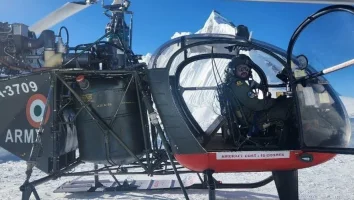
The Indian Army is contemplating the induction of US-made Stryker Armored Personnel Carriers (APCs), a move that has sparked discussions about the vehicle's battlefield effectiveness.
While the Stryker boasts strengths in troop transport and rapid deployment, its vulnerabilities in certain terrains and susceptibility to Improvised Explosive Devices (IEDs) raise concerns.
Introduced in 2003, the Stryker initially showed promise but faced challenges in Iraq and Afghanistan. Its flat underbelly proved vulnerable to IEDs, leading to significant casualties. Additionally, its performance in urban warfare and rugged terrains was less than ideal.
Proponents argue that the Stryker is primarily designed as a troop carrier, similar to a heavily armored SUV, and not intended for direct assaults. They emphasize its ability to swiftly transport soldiers to their objectives.
However, India's diverse terrain and potential adversaries necessitate a careful assessment of the Stryker's suitability. The country's mountainous regions and the persistent threat of IEDs in certain conflict zones raise questions about the vehicle's effectiveness.
The Indian Army is reportedly conducting trials of the Stryker in both desert and high-altitude conditions to evaluate its performance. Sources suggest that India may initially procure a limited number of Strykers through the US government's foreign military sales program, with the remaining units potentially being manufactured in India under a joint production agreement.
The final decision hinges on a thorough evaluation of the Stryker's strengths and weaknesses in the context of India's unique military requirements. It is a balancing act that could significantly impact the Indian Army's capabilities and preparedness for future conflicts.


